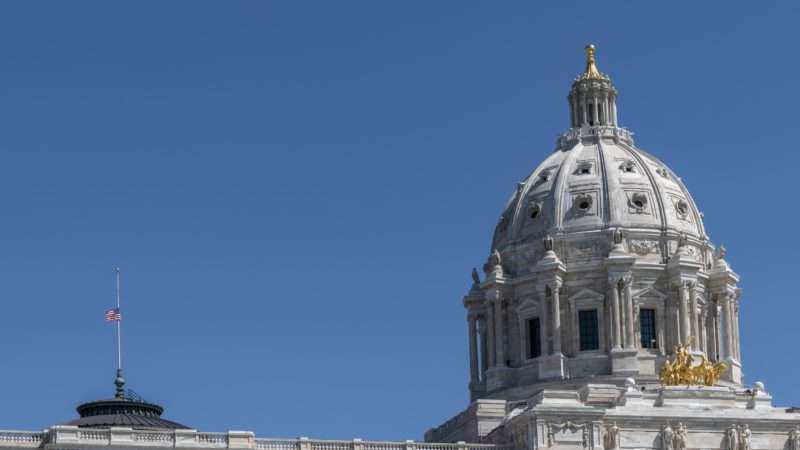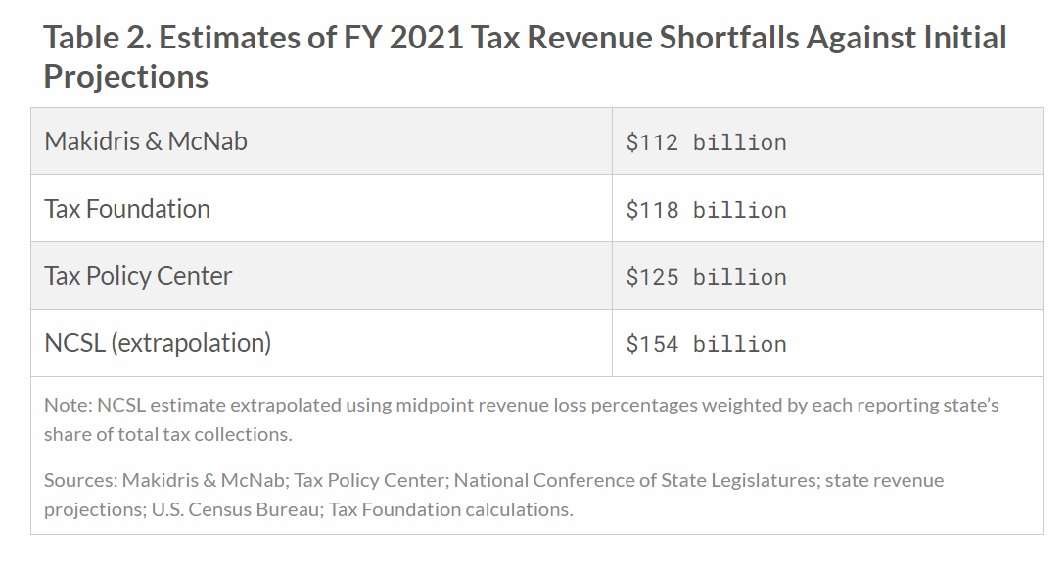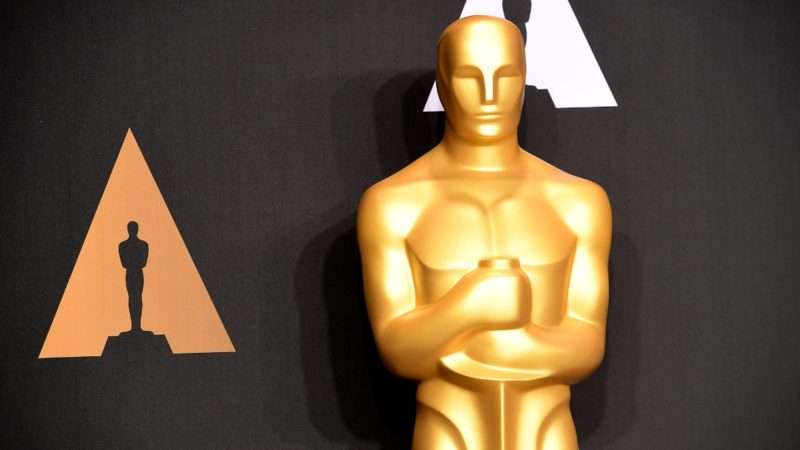Jacob Levy has a two-part series on how we honor powerful people, starting with the issue of confederate monuments and then moving on to how we should treat people who worked for the government to do bad stuff. One of the core arguments is that we generally give powerful people too much credit, honor, and respect, so trends that cut back against that are probably good. I think he has persuaded me that this is correct. (I’m reminded as well of this recent article by Leah Litman, which I’ve been trying to find the time and words to write about, and may return to in another post.)
I wanted to highlight a couple of paragraphs from Levy’s second essay because they are especially relevant to how law schools operate:
The shared media culture of the days of Walter Cronkite is long gone; there are now paid media niches available to match the polarization and fragmentation of American politics. Why slink offstage in disgrace when there’s a living to be made continuing to denounce Trump’s enemies?
In light of all that, consider the institutions that thrive on prestige and proximity to power: not only think tanks and lobbying firms but also corporate boards, elite media such as the New York Times, elite universities, and the celebrity-intellectual circuit of ideas festivals and televised debates. It’s tempting and easy for such institutions to conflate openness to different ideas and ideological perspectives with bestowing prestige, honors, and money on the powerful, regardless of what political agenda they served with their power.
In the case of the university, this is the difference between maintaining academic freedom for students or faculty members who advance a range of ideological positions and awarding honorary degrees or prestigious platforms, such as commencement addresses or endowed lectures, to persons whose claim to fame just consists of their time in politics and public office. Students and faculty members must be free to argue in favor of (for example) closed borders and the end of rights of asylum and refuge. They should also be free, in their various clubs and departments, to invite speakers to a campus to advocate those ideas. But should the architects of the family separation policy— not only Nielsen but also John Kelly, Chad Wolf, and the ideologists in the background Steve Bannon and Steven Miller— be honored for their careers? Should they receive visiting university fellowships for distinguished public servants or asked to speak to graduating seniors on the noble calling of politics? Nothing in academic freedom or intellectual freedom or freedom of speech calls for such an outcome.
Again, there’s no avoiding substantive judgments, however much universities do and should resist simply taking partisan sides. Deciding whom to honor is different from deciding what speech to permit. Without an active commitment to refuse to honor the dishonorable, universities will likely do so, allowing themselves to be seduced by the illusion of merit attached to power and celebrity, and then dressing up the decision as intellectual openness.
As I understand the application of Levy’s theory to a law school, it would mean that a student group like the Federalist Society is free to invite any speaker they wish, but the law school might offer an endowed lecture or an honorary degree only to a former Solicitor General in the Obama administration and not in the Trump administration.
This is especially thought-provoking because law schools and the legal profession more generally are so hungrily focused on power and prestige. Students who become lawyers will often need to convince powerful people of their client’s positions. Some of those students will go on to become the powerful people themselves. Some of their professors are still angling for those positions of power.
(Indeed, at some (I think many) law schools a student group cannot invite a powerful person on their own, because the administration holds a monopoly on VIP guests, such as Supreme Court Justices, in order to ensure that they receive the VIP treatment.) All of this is bound up with the law schools’ joint mission of both scholarly study and professional training.
All of that said, I have three basic reactions.
First, a recentering of intellectual merit over power and celebrity is indeed something to aspire to. Imagine, if you can, an academic center in public law whose mission is committed to ideas over power. Imagine speakers and visitors selected only on the basis of what they have to say, and not their identity or prestige. Imagine prizes or awards given to people you have never heard of, but should, rather than to people who will draw a crowd. It is hard for me to imagine, at least at the law schools I have seen, but I think it would be a wonderful thing.
Second, that said, I have concerns about the norms Levy proposes. Yes, he’s right that “It’s tempting and easy … to conflate openness to different ideas and ideological perspectives with bestowing prestige, honors, and money on the powerful, regardless of what political agenda they served with their power.” But in an institution that does honor power, the selective denial of these awards to one ideological corner of the powerful is a form of non-openness. And it sends an especially chilling message to one wing of the students and faculty, say those who aspire to work in a Trump administration rather than a Biden administration.
Indeed, Levy acknowledges, and welcomes, the possibility that we would add more forms of public dishonor to his list. At all but maybe two law schools I’m familiar with, that list would inevitably look like the usual partisan disputes. It shouldn’t, it needn’t, but I think it would.
We could solve this problem by ceasing to venerate any of the powerful, at least not for their power’s own sake. But treating one party’s law enforcement officials as generally honorable while another’s are generally dishonorable would not be a step forward, I don’t think.
Third, I also have a more practical, darker, concern, which is that intellectual openness and institutional hunger for power and prestige might be more related than Levy allows.
On Twitter, Levy adds: “Sacrificing Bill Barr from the law school visiting speaker circuit will not leave law schools unable to find enough conservative speakers for the circuit. The legal academy has many smart and decent conservative scholars, and I’m not criticizing the existence of the circuit!”
But here is what I worry about:
When students call for the cancellation of a speaker because his or her words are seen as harmful or otherwise beyond the pale, an intellectually serious law school needs to be able to say no.
But even at the most serious schools, the administration may struggle. Sometimes they do the right thing only because of pressure from powerful alumni or judges with an affection for the school. Sometimes administrators need to be able to say “you may think these ideas don’t deserve to be heard, but we are training you to practice in front of government officials who believe these ideas or at least want to hear them, so these ideas must be able to be voiced in our walls.”
It’s logically possible for a law school to maintain strong freedom of academic speech while also communicating that these people are dishonorable and would never be given an honored place, only a dishonored place, at the school. But it’s very hard, and administrators can only do so many hard things.
Sometimes it is internal faculty pressure that keeps the flow of ideas open, but there too the issues recur. For example, there was a lot less interest among law faculties in hiring originalist scholars (and still too little interest!) when originalism did not seem to be widespread among judges.
I would like to believe that every law school left to its own devices would allow its students to form (say) a Federalist Society, and allow them to invite any outside speaker they liked, without allowing the speaker to be heckled out of the room, without covertly denying them room assignments, without adopting gerrymandered rules about outside funding and outside speakers, without professorial reprisal against the students involved. I would like to believe that every law school would do this even if the institution did not care about proximity to prestigious and powerful conservatives. But I don’t yet believe that.
from Latest – Reason.com https://ift.tt/33lE7BV
via IFTTT



